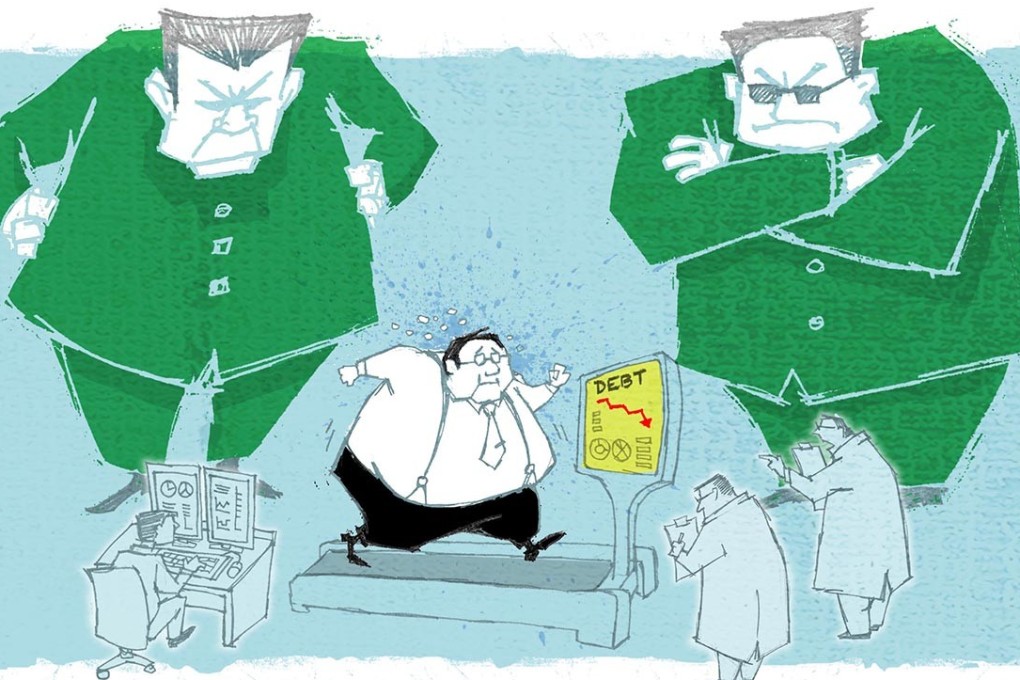Brutal interventions in Sanpower’s debt workout show why China’s deleveraging campaign has long ways to go
- Until Sanpower missed its bond payments, its acquisitions in 2014 and 2015 had mostly been spared the scrutiny of the nation’s financial regulators
- Its debt-fuelled shopping spree underscores the challenge faced by banks as they struggle to untangle the debt owed by corporate borrowers, city governments and state enterprises in the nation’s ‘deleveraging campaign’

On a pleasant autumn morning on September 5 last year, an emergency meeting was convened by the deputy legal director of the China Banking and Insurance Regulatory Commission (CBIRC) in the Jiangsu provincial capital of Nanjing.
In attendance were representatives of 98 banks and financial institutions from all over China, Jiangsu’s deputy governor Fei Gaoyun and Nanjing’s deputy mayor Ran Hua.
The objective of the meeting was to devise a rescue plan for Sanpower Group, a hometown conglomerate with 100,000 staff on its payroll, with total liabilities estimated at more than 50.4 billion yuan (US$7.3 billion). The retailer and developer, founded by flamboyant entrepreneur Yuan Yafei in 1993, has defaulted on more than four onshore and offshore bonds as well as promissory notes worth a combined 2.6 billion yuan.
At the meeting, Jiangsu and CBIRC officials beseeched creditors to exercise “enhanced political awareness” in handling Sanpower’s debt, according to several attendees who spoke on condition their names and affiliations not be used. Creditors were urged to withdraw their lawsuits, unfreeze the company’s assets, and postpone any plan to force-sell Sanpower’s collateral, attendees said.
